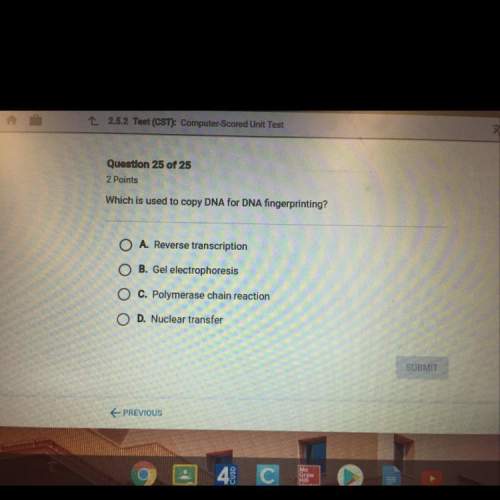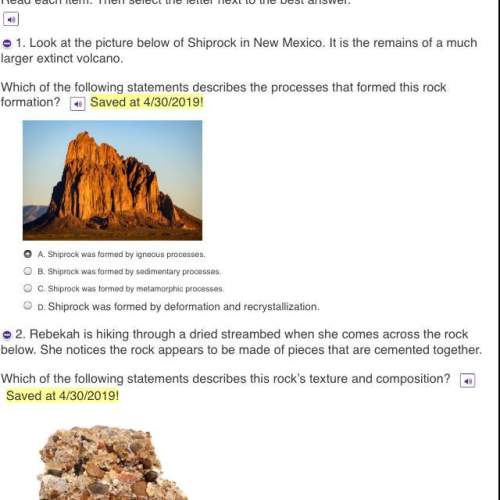
Biology, 14.05.2021 15:10 leahpartaka03
BIO Quenching an MRI Magnet. Magnets carrying very large currents are used to produce the uniform, large-magnitude magnetic fields that are required for
magnetic resonance imaging (MRI). A typical MRI magnet may be a solenoid that is 2.0 m long and 1.0 m in diameter, has a self-inductance of 4.4 H, and carries a current of 750 A. A normal wire carrying that much current would dissipate a great deal of electrical power as heat, so most MRI magnets are made with coils of superconducting wire cooled by liquid helium at a temperature just under its boiling point (4.2 K). After a current is established in the wire, the power supply is disconnected and the magnet leads are shorted together through a piece of superconductor so that the current flows without resistance as long as the liquid helium keeps the magnet cold.
Under rare circumstances, a small segment of the magnet’s wire may lose its superconducting properties and develop resistance. In this segment, electrical energy is converted to thermal energy, which can boil off some of the liquid helium. More of the wire then warms up and loses its superconducting properties, thus dissipating even more energy as heat. Because the latent heat of vaporization of liquid helium is quite low (20.9 kJ/kg), once the wire begins to warm up, all of the liquid helium may boil off rapidly. This event, called a quench, can damage the magnet. Also, a large volume of helium gas is generated as the liquid helium boils off, causing an asphyxiation hazard, and the resulting rapid pressure buildup can lead to an explosion. You can see how important it is to keep the wire resistance in an MRI magnet at zero and to have devices that detect a quench and shut down the current immediately.
How many turns does this typical MRI magnet have?
(a) 1100;
(b) 3000;
(c) 4000;
(d) 22,000.

Answers: 1
Another question on Biology

Biology, 22.06.2019 02:30
Are the earth's ocean floor and continents the same age geologically? why or why not?
Answers: 1

Biology, 22.06.2019 09:30
The ruiz family is exchanging euros for us dollars. the exchange rate is 1 euro equals 1.35261 usd. since the ruiz family knows that usd are stated to the nearest hundredth of a dollar, they used the conversion ratio
Answers: 1

Biology, 22.06.2019 20:30
What methods do scientists use to predict volcanic eruptions? select all that apply
Answers: 1

Biology, 22.06.2019 21:00
Amino acids with hydrophobic r groups are most often found buried in the interior of folded proteins.true or false.
Answers: 2
You know the right answer?
BIO Quenching an MRI Magnet. Magnets carrying very large currents are used to produce the uniform, l...
Questions


English, 20.01.2021 20:20

Mathematics, 20.01.2021 20:20

Mathematics, 20.01.2021 20:20


Mathematics, 20.01.2021 20:20


Mathematics, 20.01.2021 20:20

Mathematics, 20.01.2021 20:20


Mathematics, 20.01.2021 20:20

Biology, 20.01.2021 20:20

Mathematics, 20.01.2021 20:20












